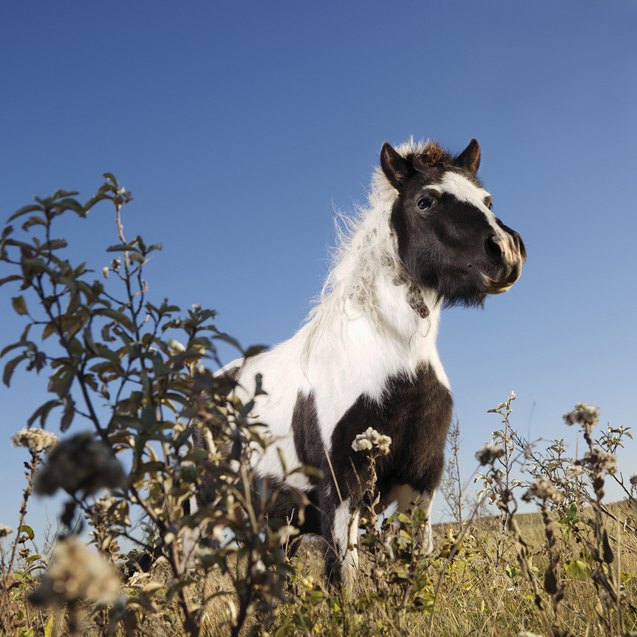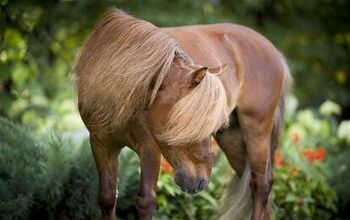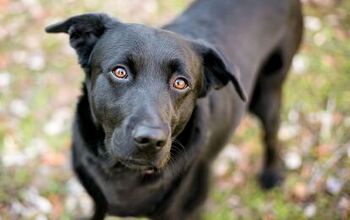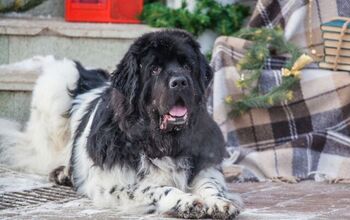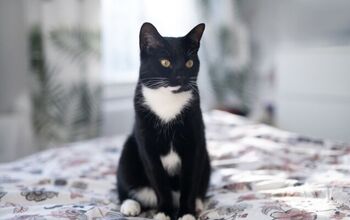Falabella Miniature Horse


About Falabella Miniature Horse
It is believed that the Falabella Miniature Horse of Argentina was a descendant of Spanish Barb and Andalusian horses that were taken to the area by Spaniards in the 15th century when they intended on conquering the country. After they were defeated, their horses were left behind to roam freely, and over the course of several centuries, the horses had to adapt. Inbreeding and having to survive in a new harsh environment resulted in horses that were physically smaller but extremely strong.
In the 1840s, the small horses were observed within equine herds by Patrick Newell. He began to create a new herd using the smallest horses that he could find, and selective breeding was then started in order to establish a true small horse breed. Patrick shared what he knew with his son-in-law, Juan Falabella, and then the Falabella family continued to impart their knowledge to future generations.
The Falabella Miniature is easy to handle, easy to train, and highly intelligent.
Over the course of many years, the Falabella family used a range of equine breeds, including the Argentine Criollo Horse, Appaloosa, and Pinto. They made sure to keep the best and smallest horses within every generation as they sought to create the Falabella Miniature that is beloved today. In fact, some of the smallest horses in the world were bred by Julio Falabella, and these perfect tiny horses were born in all equine colors.
It was not until the 1960s that Julio Falabella was ready to send the Falabella Miniature Horse to the United States and other nations. News quickly spread about this new miniature horse breed, which was centuries in the making and resulted from both natural and selective breeding across several generations. As a result, the horses continued to spread around the world as people sought to purchase them.
The Falabella Miniature Horse finally became a registered equine breed in the 1970s, with the creation of the Falabella Miniature Horse Association. Today, these horses are still found at the Falabella Farm, located in Argentina, but they are also found throughout the United States, Europe, Canada, the UK, and many other countries.
The Falabella Miniature Horse has a sweet personality, and this breed enjoys spending time around people of all ages. These animals are also able to adapt to situations and environments easily, and they are friendly, gentle, and docile, so they are ideal for beginners and children.
Because of their size, these horses are easy to handle, and they are also easy to train and highly intelligent, so they make wonderful family pets and equine companions for people of all experience levels.
Even though the Falabella Miniature is small, it’s surprisingly strong.
Even though the Falabella Miniature Horse is small, it is surprisingly strong. In fact, their strength is similar to horses that are much larger than they are.
Also, because this is a true horse breed and not a pony breed, these horses have retained the proportions and structure of full-size horses.
However, unlike other equine breeds, Falabella horses have only 17 vertebrae instead of 18, and also have at least one less pair of ribs when compared to their larger counterparts.
The Falabella Miniature enjoys being around people of all ages.
Falabella Miniature horses come in every equine solid color, as well as a range of equine patterns. Common colors include brown, black, chestnut, and bay, and pintos are also often seen.
Pintaloosa patterns are possible, though they are rare, and black or red spotted horses are also uncommon.
Grooming is a great way to bond with your Falabella Miniature horse, especially since these animals really enjoy being around people. Every grooming session can serve to reinforce your bond with your horse, and it also gives you the chance to look for any problems with your horse’s hooves, teeth, skin, and coat before they escalate.
It is a good idea to groom your Falabella Miniature horse at least weekly. You can also employ a farrier every six to eight weeks in order to have the animal’s hooves trimmed in an effort to prevent problems.
Simply put together a standard horse grooming kit so you can have all of the tools necessary to maintain the health and beauty of your companion’s coat.
You can use a curry comb to remove dirt and debris, especially if it has become tangled within the horse’s hair or it is stuck onto the skin. Following that with a body brush, or even a soft brush for sensitive horses, will allow you to easily get rid of any excess debris that was loosened but not removed by the curry comb.
To gently detangle your horse’s mane and tail, use the appropriate combs for each, and only use something like a grooming cloth around delicate areas like the eyes and ears. Also, don’t forget to maintain the health of the horse’s hooves by using a hoof pick to thoroughly remove debris, such as rocks and mud, in between visits with the farrier.
Photo credit: fotomik/Bigstock; iofoto.com/Bigstock; Melory/Bigstock

Lisa Selvaggio is a freelance writer and editor, and our resident cats-pert, with certifications in pet nutrition and pet first aid. She enjoys producing content that helps people understand animals better so they can give their pets a safe and happy home.
More by Lisa Selvaggio




